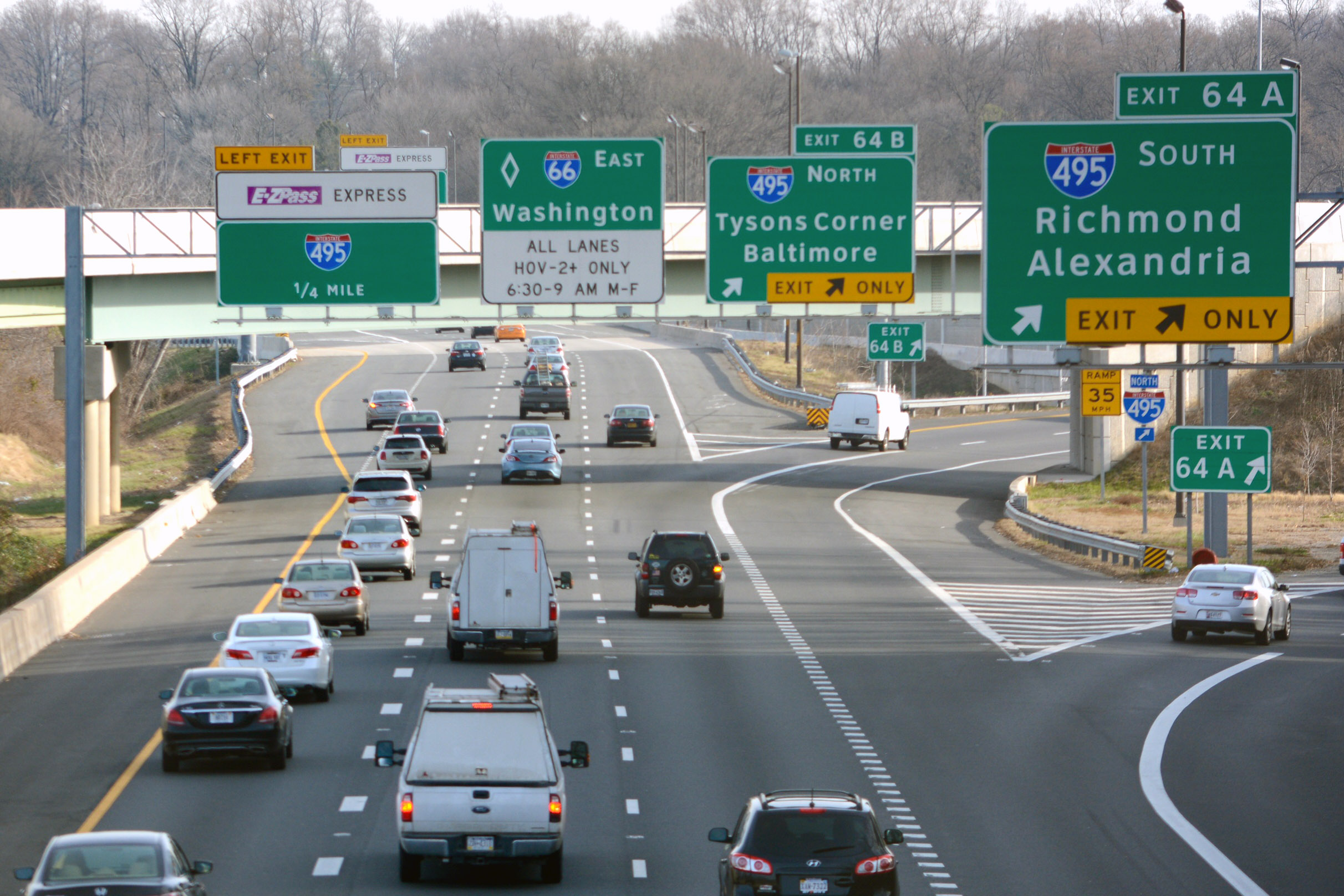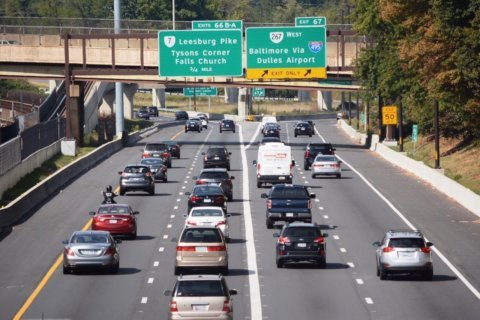More than four months after a winter storm shut down a large stretch of Interstate 95 in Virginia, officials say they have finally finished the clean-up effort on the state highway — but work on secondary roads remains to be done.
Downed trees and other debris caused by the storm have been removed from the Fredericksburg area of I-95, the Virginia Department of Transportation said Friday.
“We have finished along Interstate 95 in Stafford, Spotsylvania and Caroline counties,” said Kelly Hannon, communications manager for VDOT in the Fredericksburg district.
She said that’s a big milestone, given they’ve hauled more than 1.1 million cubic yards of tree debris in 21,000 truckloads since the storm.
“It was just a lot of debris over a lot of territory; it really has been a substantial effort,” Hannon said.
So far, VDOT said, cleanup operations have been completed for 75% of primary routes. But only around 20% of secondary routes — routes numbered 600 and above — have been finished.
Once those are all cleaned up, she says the cost of the cleanup is upwards of $15 million.
“We’re going to keep working through July. We anticipate that will be the amount of time we’re going to need to finish to reach every single road,” Hannon said. “It has just taken time to really go along the roadside along all of the roads that were affected and make sure that we’re picking everything up.”
VDOT said debris has been identified along more than 840 secondary roads in four affected counties that the transportation department is focusing more heavily on. Roughly a dozen crews are collecting the debris within the state’s right-of-way in those counties, according to transportation officials.
Drivers should be mindful of mobile work zones and lane closures during those cleanups.
The Jan. 3 winter storm caused a miles-long gridlock on I-95 due to a combination of untreated roads, multiple jack-knifed tractor-trailers and spun-out cars, as well as a deep freeze that evening that hardened the heavy, wet snow into ice.
Many drivers were stranded in their cars for roughly a day before work crews could unearth them and get traffic moving — which then created severe traffic jams on side roads.
WTOP’s Valerie Bonk contributed to this report.








